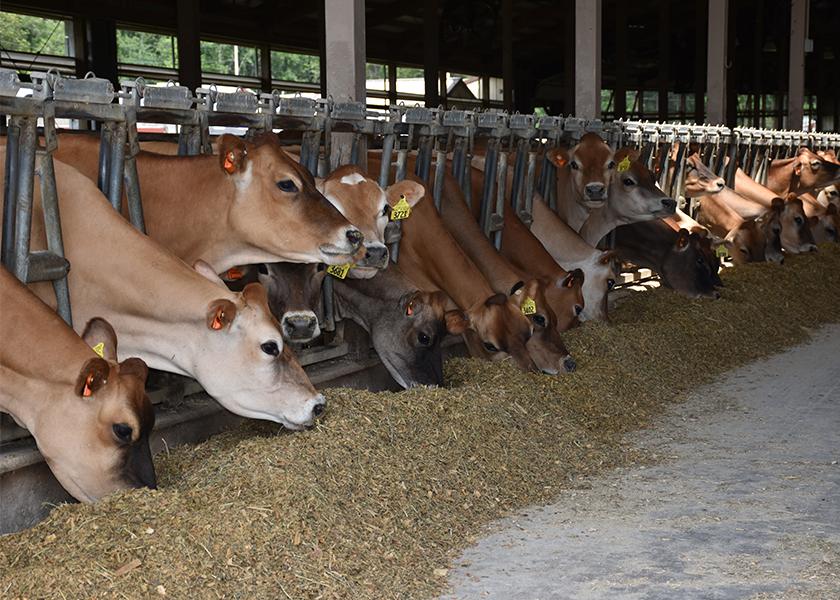Another Large DMC Payment Coming to Producer’s Mailboxes

For the third time this year, a Dairy Margin Coverage (DMC) payment will be issued.
Based on the USDA's Agricultural Prices report released late Friday afternoon, the DMC income over feed costs for March was $6.19/cwt. That's the lowest level since August 2021. Producers with coverage of $9.50/cwt. will receive indemnity payments of $2,551.48 for each one million pounds enrolled.
The all-milk price was $21.10/cwt., down $0.50 from February. Overall feed costs decreased $0.39/cwt. from February. Premium hay fell $10/ton to $314. Corn dropped $0.13/bu. to $6.87. Soybean meal slipped $16.13/ton to $484.40.
Phil Plourd, president of Ever.ag Insights, says the margin picture for 2023 continues to look weaker than what we saw in 2022.
“Six months ago, I’m not sure many people expected margins to go quite that low quite this early,” Plourd says. “But here we are. And, with the cheese market under pressure the past couple of weeks, things could be soft for April on into May. It’s just another reminder that in our volatile world and marketplace, everyone has to be vigilant about assessing and managing risk.”
The DMC program was authorized in the 2018 farm bill to offer protection to producers when the difference between the all-milk price and the average feed price falls below the producer-selected margin trigger.
Jim Mulhern, NMPF CEO, says DMC’s catastrophic coverage level is at the top of his team’s farm bill list.
“The catastrophic coverage level within the basic DMC includes up to 5 million pounds of annual protection, which is about a 200 to 220 cow herd. We’re looking at DMC’s tier 2—anything above basic—adjustments because those markets collapsing would be more akin to a truly ‘catastrophic’ event,” Mulhern says.







